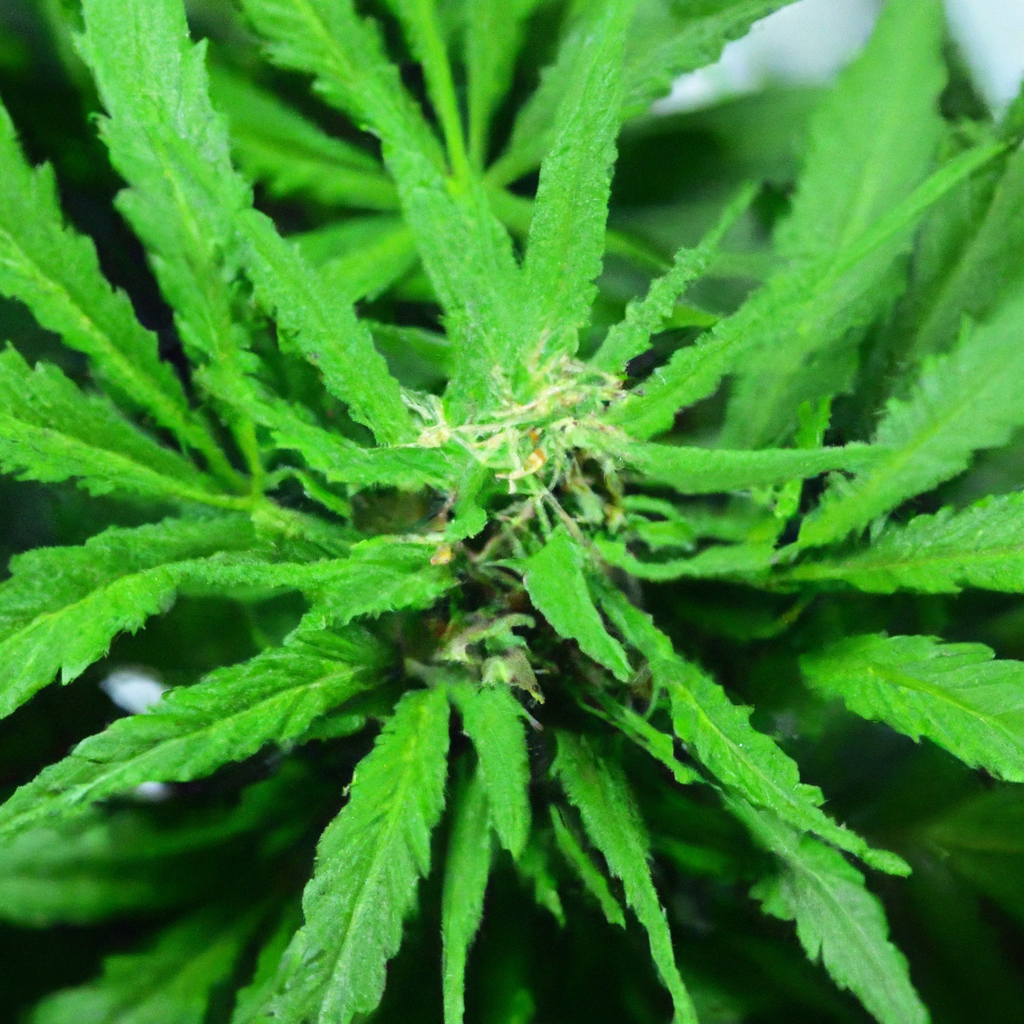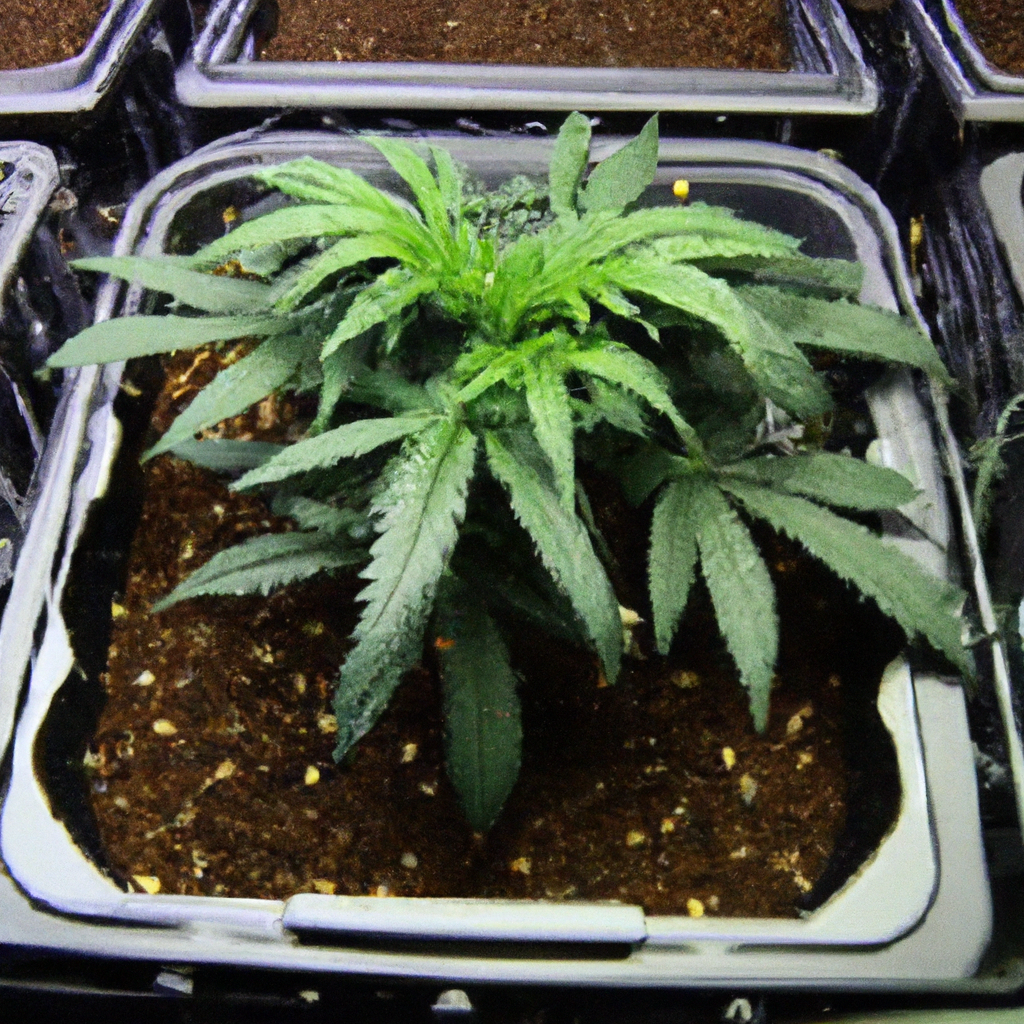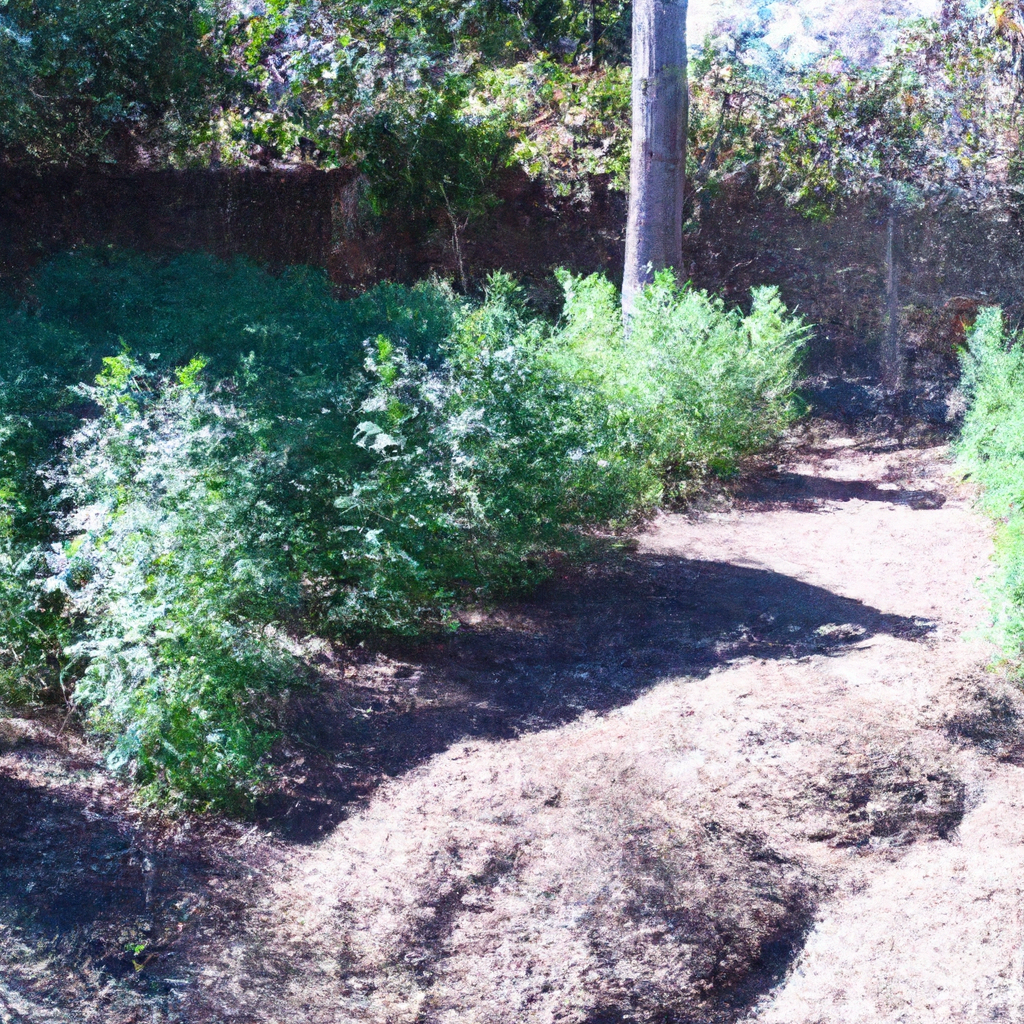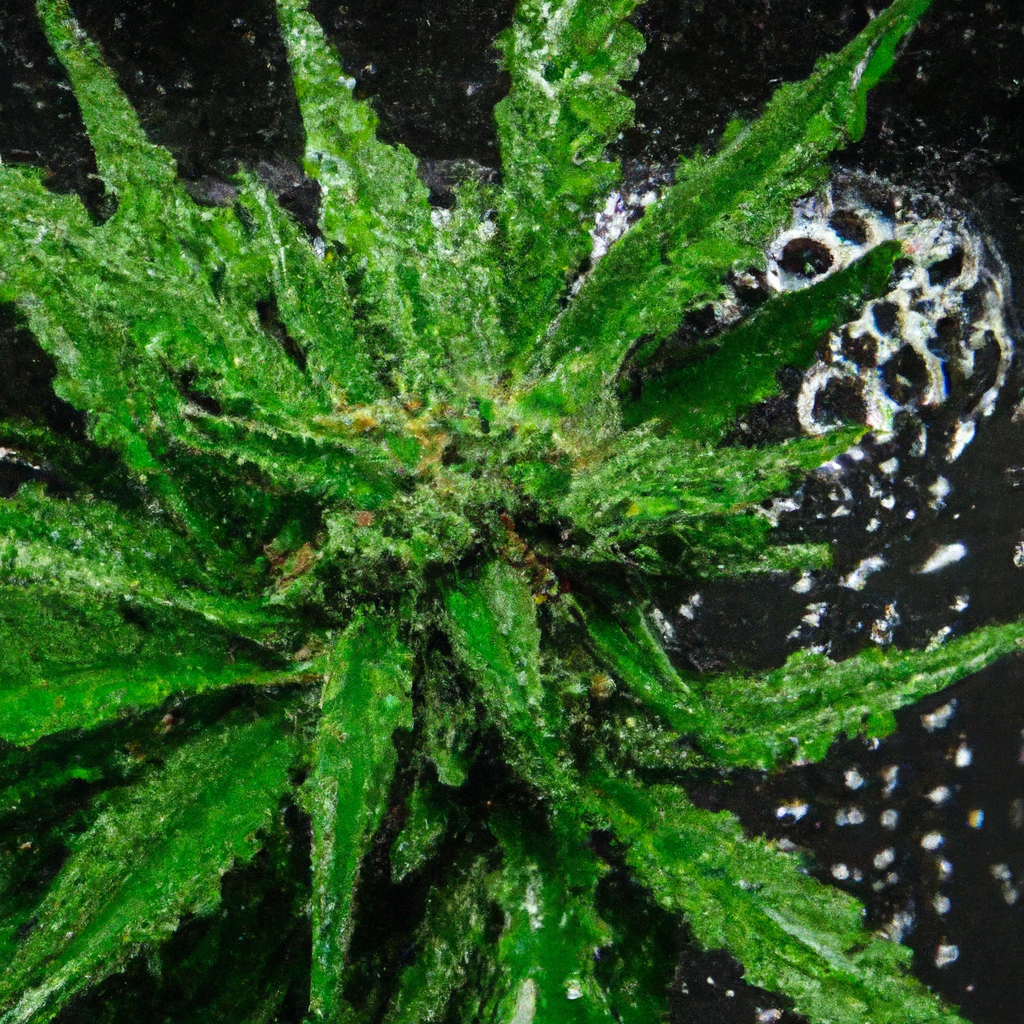Your cart is currently empty!
Category: Cultivation Tips

Effective fertilization is crucial for maximizing cannabis growth, whether indoors or outdoors. This guide emphasizes the importance of nutrient management, highlighting the roles of macronutrients like nitrogen, phosphorus, and potassium, as well as trace micronutrients. Key practices include conducting soil tests to prevent over-fertilization, selecting the right fertilizer based on your soil’s needs and the…

Companion planting is an effective technique in cannabis cultivation that fosters a thriving ecosystem where cannabis can grow alongside beneficial plants. This sustainable method helps repel pests, enhances growth, and boosts soil health, reducing the need for chemical fertilizers and pesticides. Key companion plants include marigolds for pest control, basil for enhanced aroma, chamomile for…

Hydroponics has transformed cannabis cultivation by providing a soil-free, nutrient-rich growing method that enhances growth speed and yield. This guide navigates through essential components like the reservoir, grow tray, and nutrient solution, and provides a step-by-step setup for systems such as Deep Water Culture or Nutrient Film Technique. Key tips include choosing equipment, mixing nutrients…

Growing cannabis in a greenhouse combines indoor protection with outdoor benefits, requiring strategic planning and technology for optimal yield. Key elements include climate control to ensure ideal temperature and humidity through automated systems and insulation, and precision watering with drip irrigation to conserve water and reduce disease risk. Integrated Pest Management (IPM) using beneficial insects…

Organic mulching is an effective technique for enhancing cannabis cultivation by conserving soil moisture, suppressing weeds, and improving plant health. It works by providing a protective layer that retains moisture, inhibits weed growth, enriches the soil as it decomposes, and insulates roots from temperature extremes. Popular organic mulch types include wood chips, straw, leaf mold,…

Growing cannabis presents challenges, especially in disease management. Crucial to achieving a healthy yield is preventing common cannabis diseases such as powdery mildew, botrytis, root rot, and fungal infections like fusarium and pythium. Proactive strategies include maintaining proper airflow, practicing hygiene, selecting disease-resistant strains, and controlling moisture levels. For advanced prevention, consider using beneficial microbes,…

Growing cannabis can become much simpler with Low-Stress Training (LST), an effective technique for both beginners and experienced growers. LST involves gently bending and tying down cannabis branches to optimize light exposure, promoting even growth and increased yield without causing plant stress. It’s ideal for small spaces and supports healthier development compared to more aggressive…

Growing healthy cannabis involves meticulous attention to detail, with water quality being a crucial yet often overlooked factor. This guide highlights water filtration techniques that optimize cannabis growth by providing pure hydration. The importance of water quality is underscored by the need to remove contaminants that hinder plant growth. Key filtration methods include carbon filtration,…

Unlocking the full potential of cannabis plants often begins with soil amendments, which are key in enhancing growth by providing essential nutrients, improving soil structure, and boosting microbial activity. This article delves into choosing the right organic or inorganic soil amendments, such as compost, perlite, worm castings, and bone meal, each offering unique benefits like…

Discover the transformative power of air pruning in cannabis cultivation to enhance root health and boost yields. By exposing roots to air, this technique encourages a dense, fibrous root system, improving nutrient uptake and plant robustness. To implement air pruning, choose breathable containers like fabric pots or air pots, ensure good ventilation, and monitor environmental…
